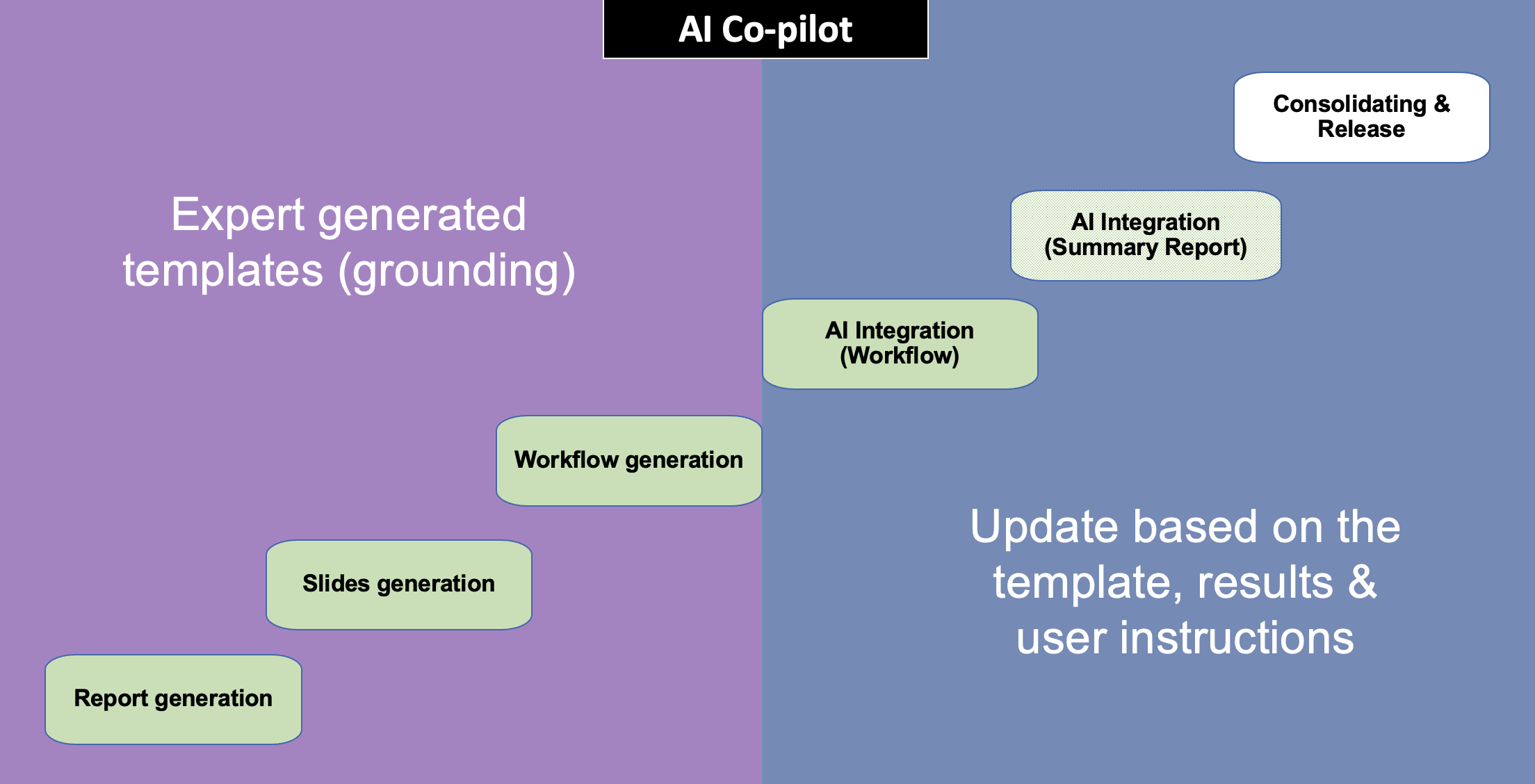| Vision & Roadmap |
|
|
|
About a decade ago, I embarked on my bioinformatics journey and soon recognized that a wealth of excellent methods and algorithms exists for most data analysis tasks. However, effectively leveraging these resources requires substantial expertise in statistics and programming — skills that many find uninteresting and take years to master. Instead of relying on manual efforts by bioinformaticians or data scientists (Analytics 1.0), I believe that data analysis should be conducted by researchers who have intimate understanding of their data, and we need to design better tools that will empower researchers to maximize data value and knowledge discovery.
Inspired by this vision, we have developed a suite of easy-to-use tools that leverage web and cloud technologies based on a concept called visual analytics (Analytics 2.0). Today, these tools serve approximately 1 million researchers globally. However, we are increasingly concerned about their long-term sustainability and our ability to support advanced analytical needs, given the inherent instability of funding and personnel in an academic lab environment.
We stand on the edge of a revolution in data analytics driven by generative AI technologies. By harnessing an AI agent with our established data analysis workflows, we can empower our researchers via conversational analytics by help design analysis strategies tailored to your data and analysis objectives (Analytics 3.0). This transformation promises to make data analysis more accessible, flexible, yet enjoyable.
AI technologies will transform omics data analytics. The main question is how we can effectively leverage AI to improve our data analysis and decision making, while avoid the issues such as hallucinations and bias.
- Using retrieval augmented generation (RAG) technology - RAG leverages our comprehensive training materials for different omics data analysis and user feedback;
- Grounding - the AI generated content will be based firmly on the templates, your inputs and the current analysis results (text and figures) and context;
- Co-pilot - the AI assistant will work with you to develop a draft based on your data, study design, instructions, literature or other relevant docs.
 |
|
© XiaLab Analytics - 2025 |
